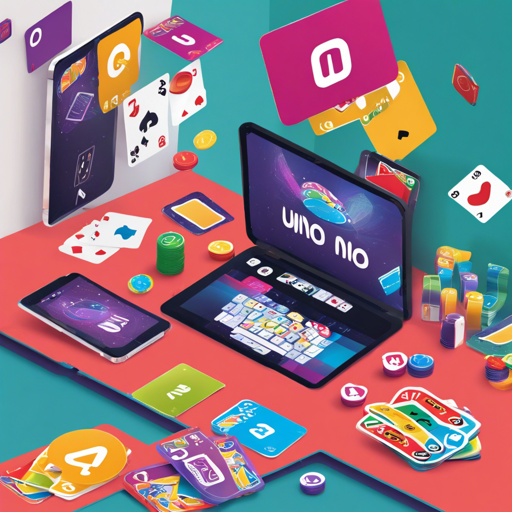Are you looking to dive into the fascinating world of game development? You’ve come to the right place! This blog post walks you through creating a simple UNO game using JavaScript and various supporting technologies. Imagine building a card game that runs in the browser with just a few lines of code. Let’s get started!
Overview
The UNO Game we’re about to build is designed to be blazing fast and easier to start than similar games like Gartic. It utilizes a tech stack comprising JavaScript and several powerful libraries, ensuring a smooth gaming experience.
Technologies Used
- Typescript
- React.js
- Socket.io
- Lerna
- Express
- Material UI
- Husky
- Lint Staged
- Git Commit Message Linter
- ESLint
- React DnD
- MsgPackParser
Getting Started
Follow these steps to get your UNO game up and running:
- Clone this repository:
- Run the following commands in your terminal:
- To start up all necessary resources (like Redis), run the command below:
- Finally, inside the directories packages/unoenty and packages/unapy, start the API and client by executing:
git clone https://github.com/guilhermebkel/uno-game
# Install all shared dependencies
npm install
# Install dependencies for API
npm install --prefix api
# Install dependencies for client
npm install --prefix client
# Link all package dependencies together
npm run link
# Add env file for API
touch .env
# Add env file for client
touch client/.env
npm run dev:resourcesnpm run devYour API will be available at http://localhost:5000 and the client will be at http://localhost:4000. Right here, everything should be working fine!
Contributing
If you’re eager to improve the game, here’s how you can contribute:
- Clone the repository to your machine.
- Create a new branch locally following the Git Karma pattern. For example:
feat/my-awesome-feature. - After coding your contribution, make a merge request for your branch.
Roadmap
We are continuously working on enhancing this game. You can check our progress and see what we plan to do next on our Roadmap. We welcome all ideas or suggestions for improvement and bug-solving!
Troubleshooting
If you encounter any issues while setting up your UNO game, here are some troubleshooting ideas:
- Ensure that all dependencies are correctly installed.
- Check if the correct Node.js version is being used.
- Look for any errors in your terminal and double-check your environment variable files.
- If Redis is not starting, verify that you have it installed and running on your machine.
- Make sure your local ports (5000 for API and 4000 for client) are not occupied by other applications.
For more insights, updates, or to collaborate on AI development projects, stay connected with fxis.ai.
A Little Analogy
Think of building your UNO game like constructing a LEGO model. Each technology (like Typescript, React, Socket.io) is like a different colored block that serves a specific purpose. You need to stack these blocks (install dependencies) in the right order and ensure they fit together correctly (setting up environment variables). As you build your model, you might need to troubleshoot by adjusting the connections (fixing bugs) or replacing pieces (updating dependencies). Finally, when the last piece is in place, you stand back and admire your functional LEGO masterpiece – or in this case, your UNO game!
At fxis.ai, we believe that such advancements are crucial for the future of AI, as they enable more comprehensive and effective solutions. Our team is continually exploring new methodologies to push the envelope in artificial intelligence, ensuring that our clients benefit from the latest technological innovations.

